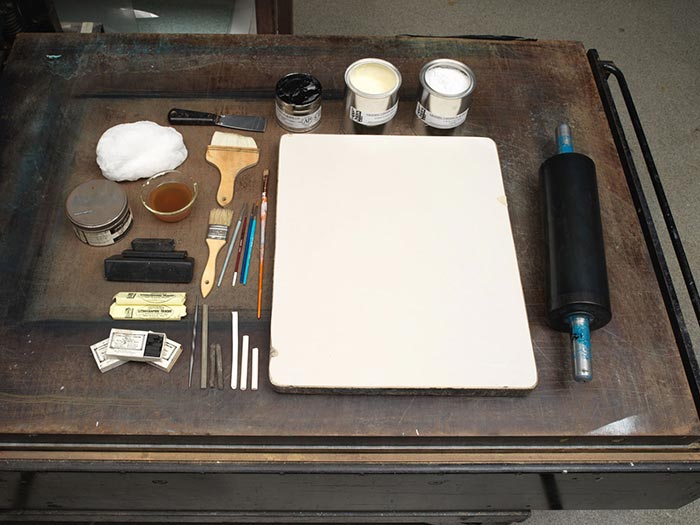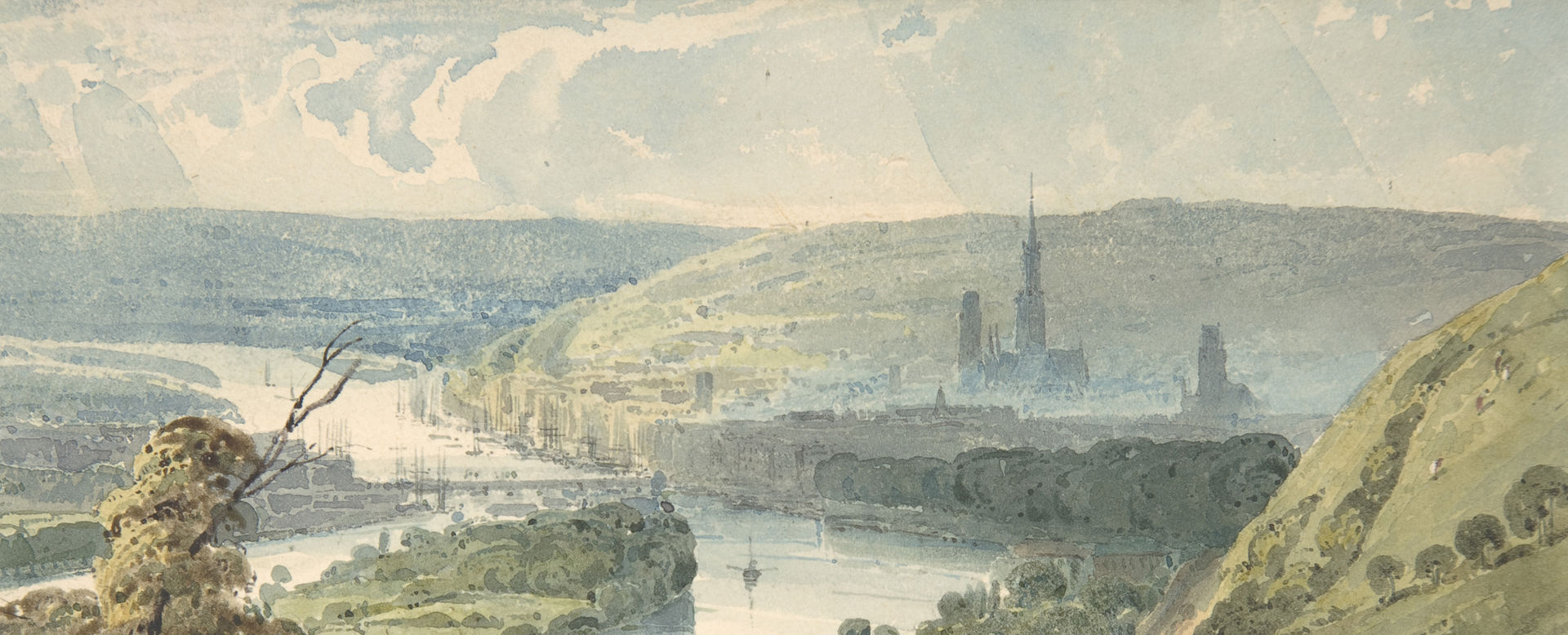A Sure Thing: "It's Picking Up Money Backing Dis Yere Pup."
Publisher Currier & Ives American
Not on view
The late nineteenth-century Darktown prints by Currier & Ives depict racist stereotypes that are offensive and disturbing; the images were often accompanied by captions in a demeaning dialect. The Metropolitan Museum of Art preserves such works to shed light on their historical context and to enable the study and evaluation of racism.
This print shows a group of six caricatured Black (African American) men standing on a city street before a dog fight. Leading the group is a heavy-set Black man smoking a cigar, and wearing a light-colored top hat, a blue jacket, white vest, and red/gray plaid pants. He is holding a short chain leash attached to a straining, rearing dog (a boxer with a white body and a brown head, lower right). At left, just behind the leading man, is a tall man (his right hand in his pocket), who is wearing a pink-red/white checkered shirt, patched tan pants, boots with his toes sticking out, and a white stovetop hat with a black band. He is addressing a man (standing facing him at the right of the image), who has a cigar in his mouth, and wears a gray bowler hat, a dark gray-checked jacket, and light gray/dark gray striped pants. Behind them, are three other men, and the heads of others following in the background. At far left is a lamp post; at the far right background,a building is partially indicated. The title and caption are imprinted in the botom margin. The title "A Sure Thing" conveys that the group is confident in their feisty dog will win the dog fight, thereby providing the men with money from their winning bets.
Nathaniel Currier, whose successful New York-based lithography firm began in 1835, produced thousands of prints in various sizes that together create a vivid panorama of mid-to-late nineteenth century American life and its history. People eagerly acquired such lithographs featuring picturesque scenery, rural and city views, ships, railroads, portraits, hunting and fishing scenes, domestic life and numerous other subjects, as an inexpensive way to decorate their homes or business establishments. As the firm expanded, Nathaniel included his younger brother Charles in the business. In 1857, James Merritt Ives (the firm's accountant since 1852 and Charles's brother-in-law) was made a business partner; subsequently renamed Currier & Ives, the firm continued until 1907.


